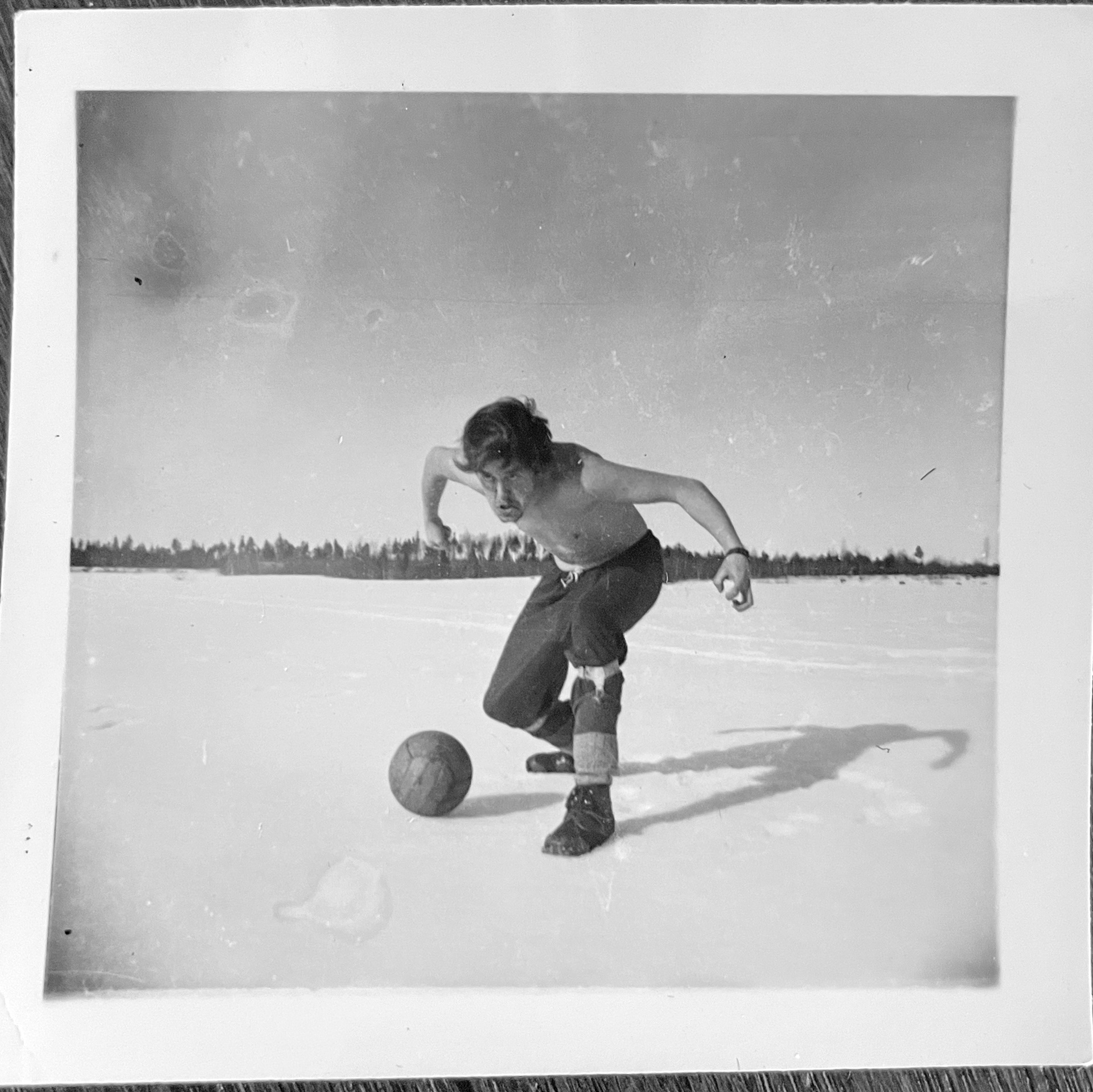When Every Picture Becomes Noise: Photography in a Fragmented World
I love photography. But lately, I’ve started to wonder: is it making life better—or just noisier?
Modern life is already fragmented. Our days are a chain of interruptions—notifications, emails, pings from messaging apps. I manage seven or eight Gmail accounts, two Outlook inboxes, and a couple of Yahoo accounts. My phone buzzes constantly with messages from WhatsApp, Instagram, Facebook Messenger, FaceTime, and Google Chat. It feels like I’m juggling twenty conversations and none of them fully finish.
And it’s not just communication. We skim articles while waiting in line, reply to work messages during dinner, and try to focus on one thing while three others demand attention. Concentration feels like an endangered species.
Early morning commute
The Rare Joy of Complete Focus
My work life was like this, too. I’ve spent decades building high-tech products—software and hardware—while leading large teams through the organized chaos of corporate life: meetings, project reviews, hiring, firing, budgeting. It was hectic, and most of the time, fragmented.
But there were two moments I always looked forward to:
1) Brainstorming new ideas.
2) The final push to launch a product.
Why those two? Because they allowed something rare: complete focus. When you’re in a great brainstorming session, nothing else matters. When you’re racing to ship a product, the noise disappears. You’re all in. That feeling is addictive—and vanishing from our everyday lives.
Photography: Another Fragment in the Chain
Somewhere along the way, photography became part of the problem.
We used to set aside time to take pictures. Now we do it in the middle of something else. Before eating, we snap the food. Mid-conversation, we stop for a selfie. When the sunset lasts a few minutes, we reach for the phone instead of just looking.
And then, without much thought, we share these snapshots instantly—into chats, onto feeds, everywhere. Not because we’re saving a memory, but because sharing feels like an obligation.
The result? More noise. Every photo we take, every picture we send, slices into someone’s attention—our own and others’.
Just food
Did Easier Mean Better?
I keep coming back to this question: has easier photography made better photography? I don’t think so.
Before smartphones, there were usually just one or two people in a group who had a camera. Shooting film was expensive. That limitation made us care more about each frame. And often, the person behind the camera actually loved photography.
Now, we all have cameras, and we take pictures for likes, not for love. Feeds overflow with shots of food, sunsets, and faces frozen in the same smile. Not because those moments are meaningful, but because not sharing feels wrong.
Back then, photos had weight. There were prints, maybe an album. If you wanted to see them, you asked. There was effort, and effort gave meaning.
Now, billions of images scroll past in seconds. When everything is photographed, nothing is remembered.
Two Pictures, Two Eras
On my desk, I have two photographs from my late father’s album, taken in the early 1960s. He wasn’t a photographer; he just owned a camera. One photo shows him, the other includes my mom. They’re not perfect. But they matter. They survived sixty years.


Now, I look at the last twenty photos I sent or received on my phone. Do any of them matter? Will they survive sixty years? Will they even last sixty days, buried in my camera roll?
I’m not sure if that says something about the photos—or about me.
Quantity, Quality, and Attention
This isn’t nostalgia—it’s math. The more pictures we take, and the more people take them, the worse they become on average. Scarcity created care; abundance erodes it.
But the real cost isn’t bad photography—it’s attention. Every quick snapshot demands time: to take, to share, to react. Multiply that by billions, and you have a world distracted by fragments of fragments.
Photography used to freeze time. Now, it interrupts it.
What I’m Trying Instead
I don’t have answers, but I’ve been experimenting.
I’m trying to take fewer pictures. When I do, I want them to matter. I force myself to pause, to look through the viewfinder, to ask: Do I really want this photo?
And sometimes, I choose not to take the picture. To just be there instead.
It’s not a manifesto, just a small personal rule. But it feels good.
What Happens When AI Joins the Party
If this feels messy now, imagine what’s coming. AI is sliding into every corner of life. Soon, we won’t even take pictures—we’ll generate them.
Our personal AI agents will create flawless selfies, perfect sunsets, smiling dinner scenes. They’ll share them automatically with our friends’ AIs, which will “like” them in return. No humans needed.
And honestly, isn’t that where we’re heading? We already double-tap pictures without thinking. Half the time, we react out of habit or obligation: What’s wrong with you? Why didn’t you like my photo?
Maybe soon, our AIs will handle that for us. Two machines exchanging heart emojis while we get on with life.
It’s funny. And sad. And maybe inevitable.
Or Maybe There’s Another Way
Or maybe not. Maybe the answer is simpler: slow down. Take fewer pictures. Make them count. Or don’t take them at all.
I’m not sure what the right balance is. But I know this: some moments are better lived than captured.
And maybe, in a world where everything is photographed, the rarest, most beautiful thing we can do is this: just look.